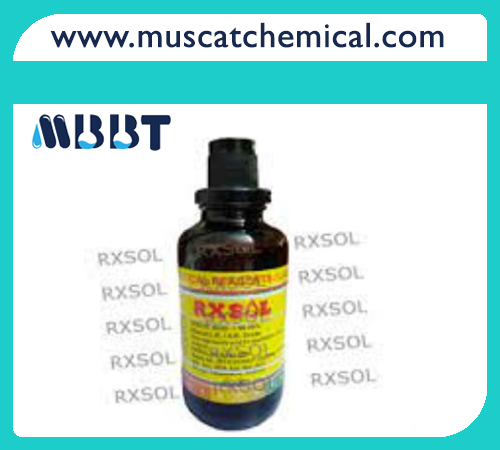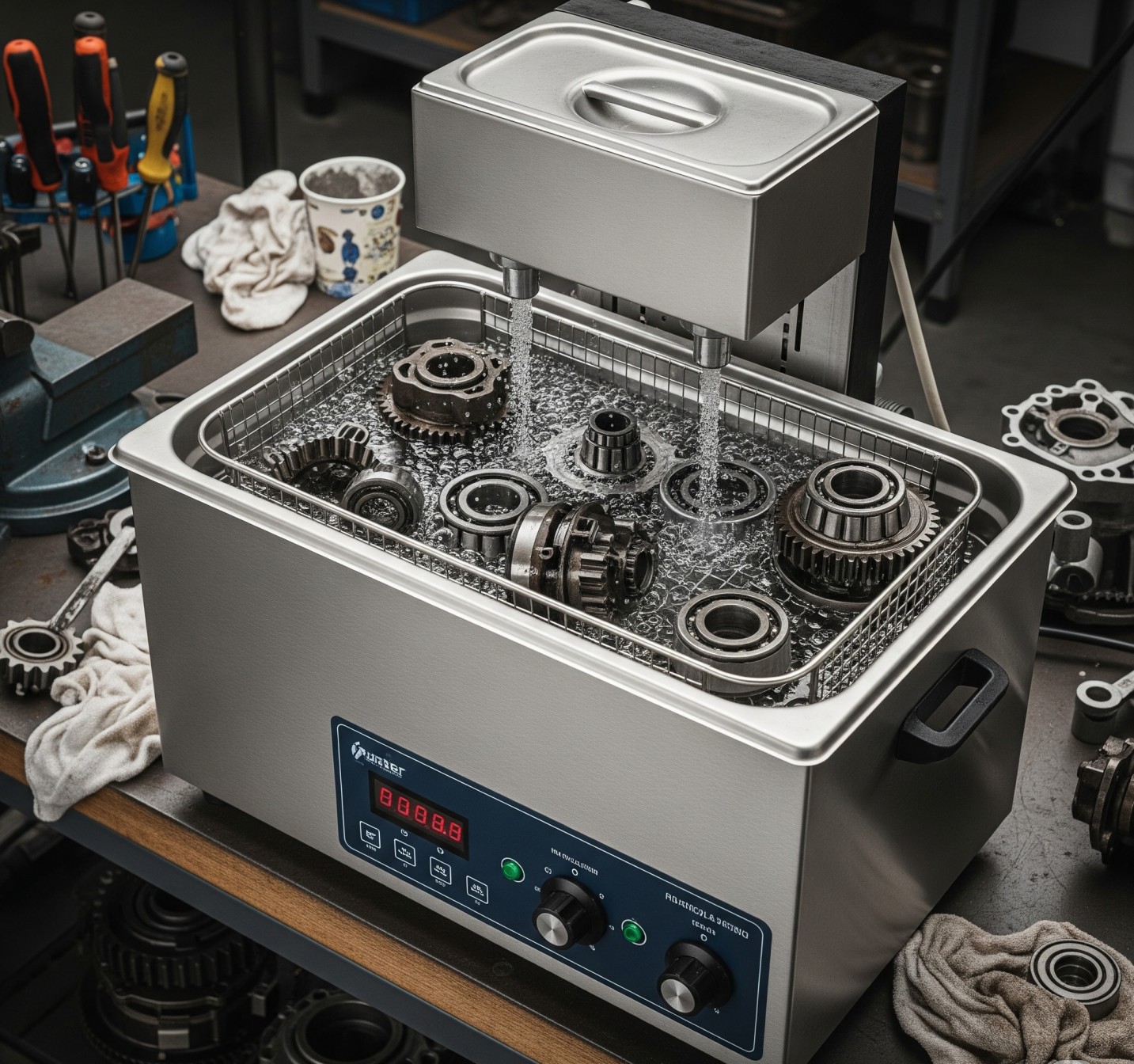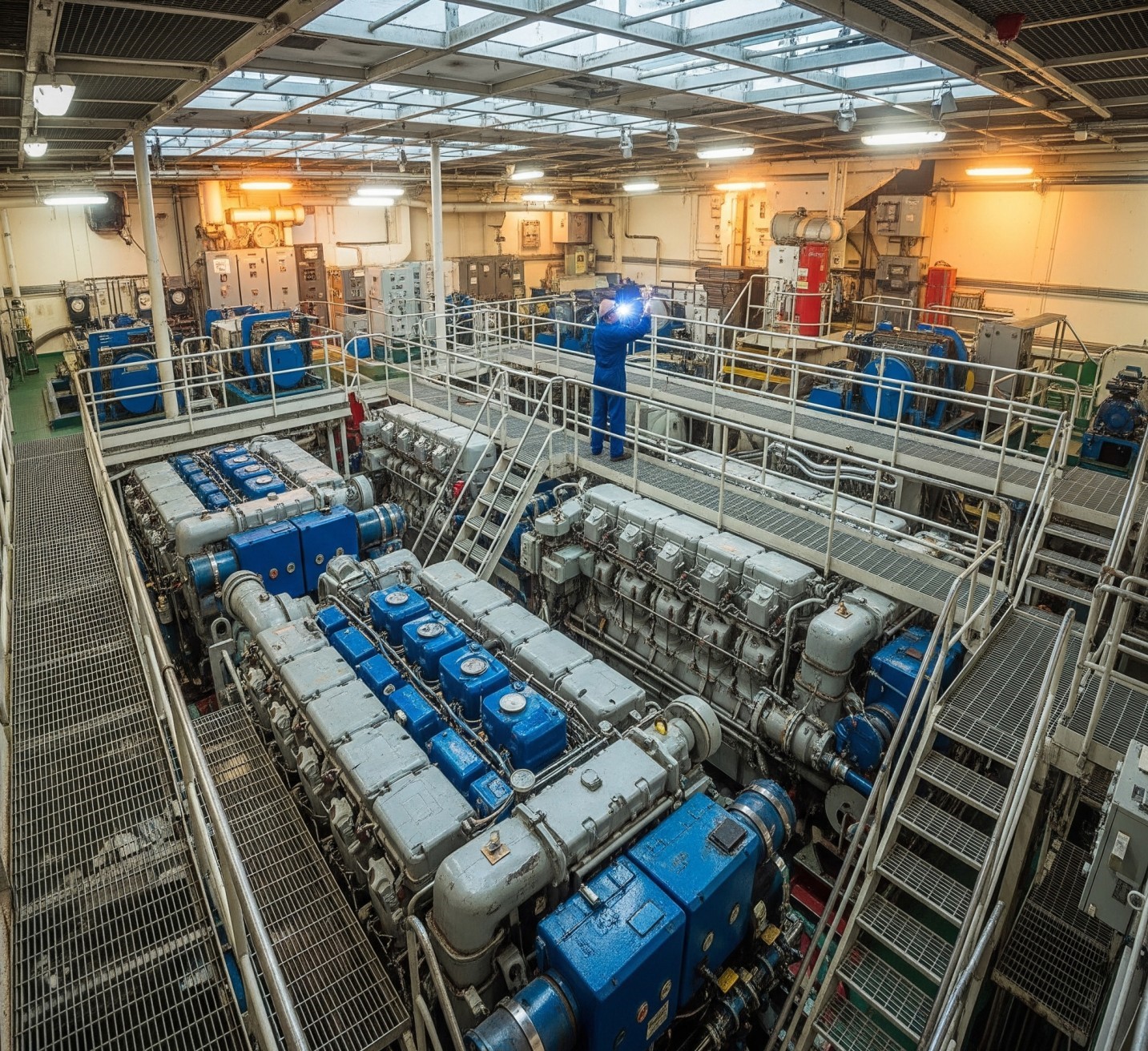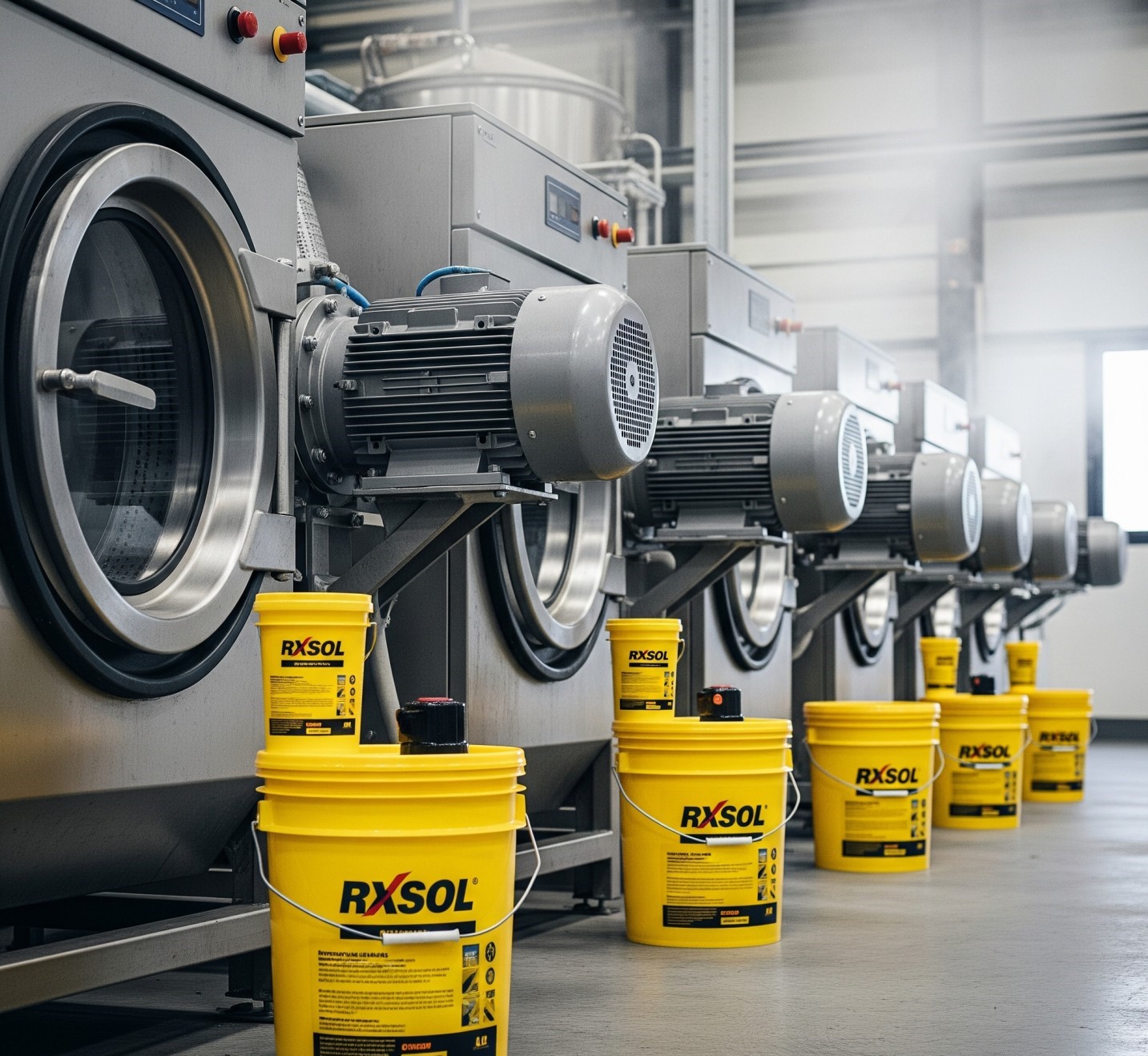
KARL FISCHER REAGENT Pyridine Free
The pyridine-free Karl Fischer reagent consists of two solutions, a dissolving agent and a titrating agent. The dissolving agent contains sulfur dioxide and a pyridine substitute in a solvent and is used for taking up the sample to be investigated with respect to its water content.
Water and iodine are consumed in a 1:1 ratio. Once all of the water present is consumed, the presence of excess iodine is detected by the indicator electrode. That signals the end-point of the titration. The amount of water present in the sample is calculated based on the concentration of iodine in the Karl Fisher titrating reagent and the amount of Karl Fisher Reagent consumed in the titration. Depending on the type of base used the rate of reaction will vary. Classic Karl Fischer reagents contained pyridine, a noxious carcinogen, as the base. Due to its weak basicity the reaction is slow and the end point is not stable. The most common base used today is imidazole where greatest accuracy and repeatability can be achieved. Coulometry is an absolute technique so standardisation of Karl Fischer reagents is not necessary.
The analysis of the water content of a sample by Karl Fisher titration can be carried out using a volumetric method or a coulometric one.
An essentially pyridine-free Karl Fischer reagent useful in the determination of water, comprising a dissolving agent containing sulfur dioxide and a pyridine substitute in a Karl Fischer solvent, and a titrating agent containing iodine in a Karl Fischer solvent, wherein the pyridine substitute is an alkali or alkaline.
Karl Fischer Reagent (Pyridine free). single soln for titrimetric determination of water 1 ml reagent ~5 mg water.
Low reagent usage: multiple samples can be analysed with a single charge of reagent which means less waste and less handling of chemicals, good news for Health and Safety
Karl Fischer KF Reagent A is a general coulometric KF anolyte for use with generator electrodes which incorporate a frit or diaphragm to separate the anode and cathode chambers. Used in conjunction with Reagent C this formulation is supplied in a pack of 8 x 100ml bottles, 8 x 5ml cathode vials, all conveniently located in a single carton.
To conform to ASTM, API, EI, ISO (plus others) methodology for water content determination of oil and petroleum products, the anode regent must be modified with xylene to improve sample solubility and miscibility. Karl Fischer KF Reagent is pre-mixed with xylene, and other solubilizers to eliminate side reactions, so that the operator does not have to store or mix chemicals.




